“In Thessaloniki we live our history.” Sofia Bournatzi

Of course that statement could almost be a cliché if it wasn’t applied to Thessaloniki. It has greater impact for the city simply than having eighteen UNESCO World Heritage Sites. It has more to do with resilience. Despite wars, earthquakes and fires, Thessalonians are doing what they have been for 2,300 years.

Thessaloniki is still what King Cassander, its founder, planned:
- Largest city in Macedonia
- Greece’s second largest
- The port city of the northern Aegean
- Gateway to the Balkans
- Commercially connected to Asia Minor
- Strategically located on both Spice and Silk Roads to the Orient

This reality has made the city coveted and popular over the millenniums by conquerors from Rome to the Ottomans, and their presence is palpable now. It’s under your feet; it’s towering over your head, and soon you’ll whiz by more on the new state-of-the-art underground subway/tube system. The past is an integral component of Thessaloniki’s urban fabric because it’s in your face.
Looking out to the Thermeic Gulf from Thessaloniki’s new Waterfront Promenade merchant ships are anchored waiting their turn at the modern docks just north of downtown. Behind are the Ladadika, Ano Poli and the “acropolis” – the imposing Heptapyrgion fortress. These districts are the commercial, cultural and culinary heart of the city. They offer postcards onto the past …
The Palace of Galerius

The Palace of Galerius was not a large luxurious house. It was an “Imperial City” within the city – administrative, residential, religious and public entertainment venues. Depending on interpretation, it was such a vast complex it could well be considered a rebuilding of Thessaloniki

The Romans were enamored with Thessaloniki ever since they had absorbed Macedonia into the Empire in the 100s BCE. Four hundred years later the port city was the largest in Rome’s Greek provinces and one of the wealthiest in the empire. By the end of the 3rd century Thessaloniki was poised to become central to the new Eastern Roman Empire.
Gaius Galerius Valerius Maximianus (Caesar: 293-311) newly appointed “assistant Emperor” in the Tetrarchy created by Diocletian, preferred Thessaloniki over his region’s official capital. Construction on his palace complex started in the late 290s.
(video published 02/02/2016, Vladimiros Nefides)
It was a vast site covering a good portion of Thessaloniki’s historic core and composed of numerous interconnected components, most of which today are lying underneath streets, parks, residential and commercial buildings as the city morphed over the centuries. The complex was enclosed by stonewalls from the port waterfront up to the newly fortified acropolis. The most visible examples of the complex today are the stunningly preserved Rotunda and the Arch of Galerius.
Rotunda


The cylindrical Rotunda was built in 306 AD and has served as a public building ever since. It was originally a temple, possibly to Zeus. By the end of the 5th century Christianity had been established in the Empire and for over the next thousand years the Rotunda was the Byzantine Church of St. George. After Ottoman conquest in 1430 it became a mosque (note the 16th century minaret in the photo) until 1912 when with Greek-Macedonian reunification it was designated a national monument. (Ottoman era buildings are protected by historic designation throughout Greece.)
Arch of Galerius

The Arch of Galerius stands on a busy intersection (Egnatia & Dimitriou Gounari streets) just as it did when constructed. Thessaloniki’s Egnatia Street is a portion of the 2,000-year-old Roman Via Egnatia, which still connects Macedonia to Istanbul (aka Constantinople, aka Byzantium). Significant remains of its intricate carved marble panels detail the military prowess of Galerius and Rome.
Heptapyrgion


The Heptapyrgion towers above downtown Thessaloniki where the ancient acropolis was located on the foothills of Mount Chortiatis. The massive fortress guarded the city for nearly two millenniums. Started by the Romans in the late 4th century along with rebuilding the defensive walls to encircle the city, it was substantially expanded by the Byzantine Empire in the 12th century and the Ottomans in the 15th.

Oddly both its Greek and Ottoman name (Yedi Kule) mean “fortress of seven towers” even though it has ten and at no time in its construction phases did it ever just have seven. Despite that anomaly, the impressive relic today serves as an UNESCO World Heritage site, a park with panoramic views of the city, and a backdrop for the historic Ano Poli (Upper Town) neighborhood , which survived the Great Fire of 1917.
The Baptistery of St. John


The Baptistery of St. John the Baptist of Thessaloniki (c.400) is a peaceful hidden sunken garden with an art deco apartment building and outdoor cafe overlooking the site. The sacred spring still flows but is channeled inside a modern chapel. It’s considered the oldest Christian baptistery. It is close to the 5th century Hagia Sophia and within the Galerian Palace complex.
Bey Hamam

Surrounded by popular cafes in the shopping district of the Ladadika is one of Thessaloniki’s most beautiful medieval buildings. The 15th century Bey Hamam, an Ottoman public bathhouse, is testament to the sophistication this city has enjoyed during its long history. Only ceasing its original use in the 1960s, its intricate brick and tiled facade is an architectural sculpture dramatically lit at night providing a stunning visual backdrop as café patrons dine.
Ladadika

The unrestored street (left) in the Ladadika is on purpose to preserve the facades of what this major international commercial district was like prior to the 1917 Fire. (right) A busy historic district of cafes, commerce and culture today.
The White Tower

The White Tower’s infamous history as a notorious Ottoman prison fades in the mist of time when viewed today at its photogenic location on Thessaloniki’s historic waterfront. The current tower, constructed in the 15th century replacing an earlier Byzantine fortification, anchored the city wall’s southern corner on the waterfront. The tower is a fascinating museum of the historic district and offers panoramic views of Thessaloniki.
Rebetika Music
(video published 28/01/2010, flat13onfire)
Within the prisons of the Heptapyrgion and White Tower many famous rebetika songs of love, loss, resistance and survival were written by Greek prisoners during the last 30 year period of Ottoman rule. The mournful yet captivating music of rebetika still reverberates in many Greek cafes bonding music, food and friends and in 2017 UNESCO listed rebetika music as an “intangible cultural heritage” of Greece.
When you go: Thessaloniki International Airport (SKR) is served through major European hubs and Greek cities. Thessaloniki is connected as well by rail and coach bus within Greece and to the Balkans.
Location of the The Baptistery of St. John the Baptist of Thessaloniki and much of the historic core:
Special thanks to Sofia Bournatzi of Pass Partout DMC and to Thessaloniki Tourism Organization for facilitating my stay. Historic and culinary walking tours can be arranged with certified multi-lingual guides of the Tourists Guides Association of Thessaloniki
You can read the culinary story of this history at:
Naturally Thessaloniki is a foodie city

Please read more by Travel with Pen and Palate at…















































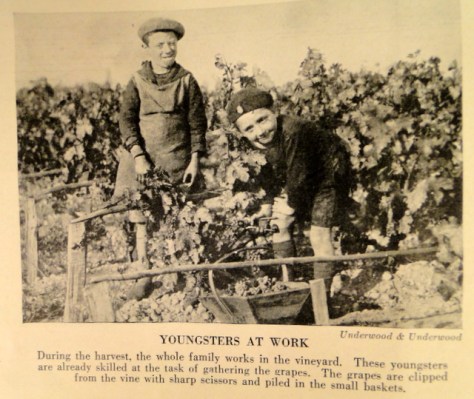












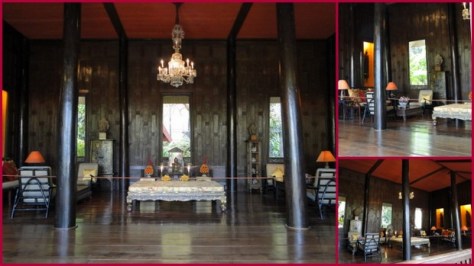
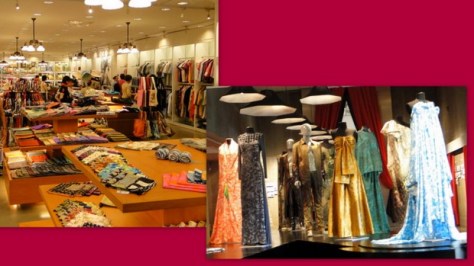
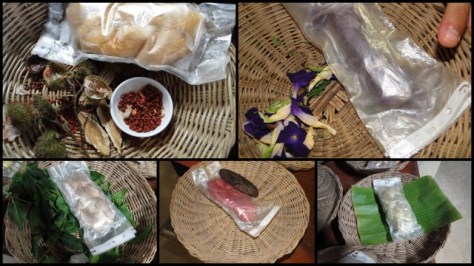





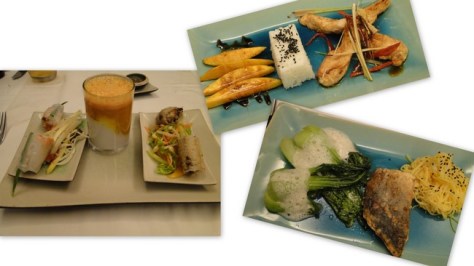







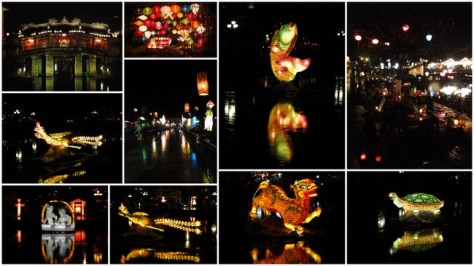
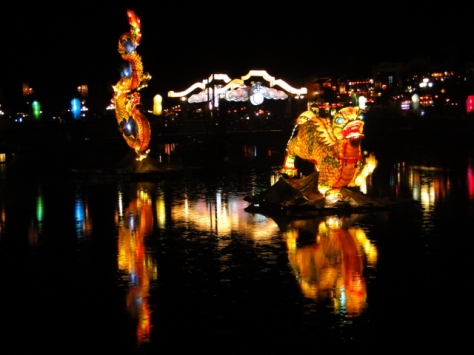







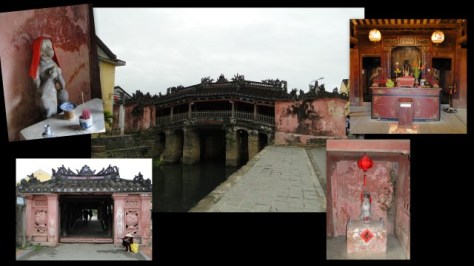




You must be logged in to post a comment.